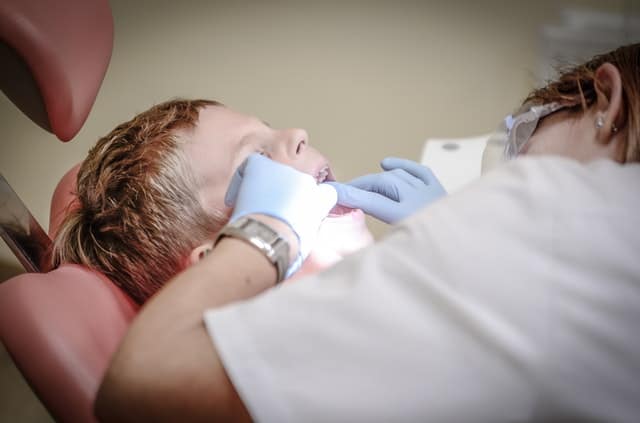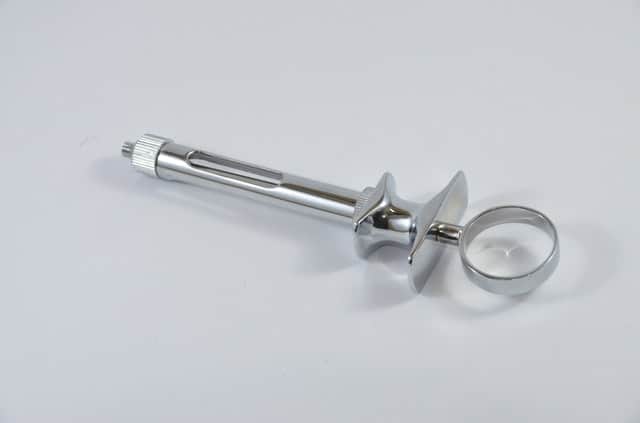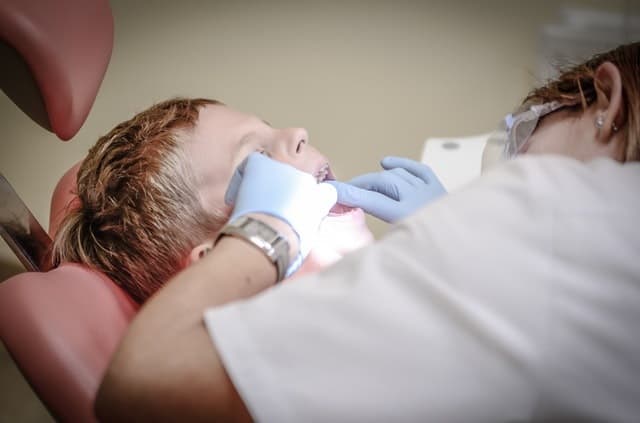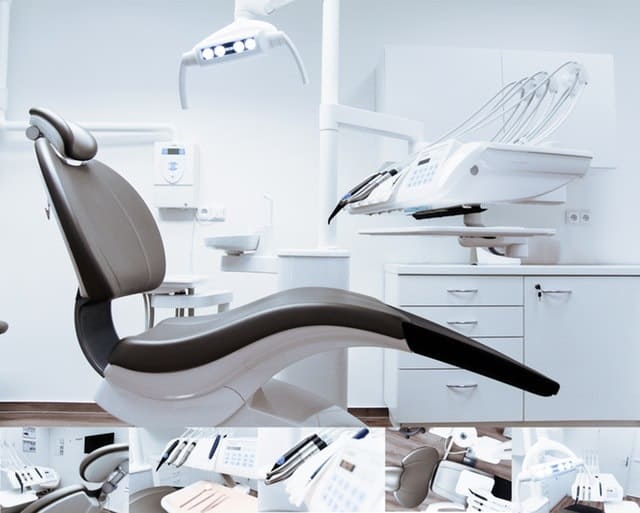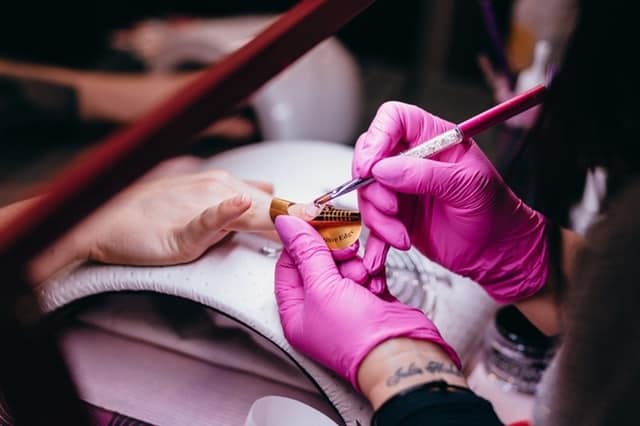Dental procedures
The relationship with your dentist may be the longest and the most fruitful relationship you will have with any of your doctors. From the earliest childhood to the oldest age, your dentist will take care of your dental health, hygiene, diseases that may occur and their prevention. The biggest part of dental practices is dental procedures. These procedures are made to enable their patients to live without any discomfort due to dental problems. Such problems can induce even severe pain and great discomfort but can easily be resolved by your dentist.
Types of dental procedures
Some of the most needed dental procedures are fillings, root canals, crowns, veneers, bridges, extractions, implant restoration, dentures – both full and partial ones, cleaning and deep cleaning, digital and panoramic X-rays, teeth whitening and many more. The best dental practices can offer all of these services with the assurance that they will be performed with the utmost care and responsibility. The relationship you develop with your dentist is based on mutual trust, confidence and discretion. The fact that you can do all the needed procedures in one place and by people you trust and have confidence in is not negligible. Dental practices such as Greenfield dental can be the right choice for your needs. Here are some of the most usual procedures that are done in dental practices
Dental fillings
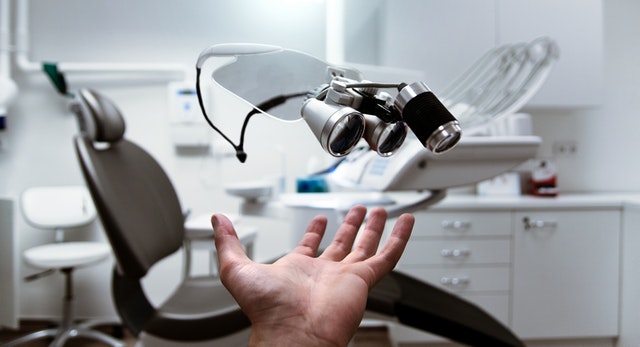
Unfortunately, our teeth are prone to decay. One of the worst manifestations of dental decay is caries. Caries emerges when tooth enamel is damaged and bacteria that reside in the mouth breaks through to the centre of the tooth. The procedure that treats this condition is called dental filling. There are several materials that are used for dental fillings such as gold, silver amalgam, porcelain, tooth-coloured plastic, composite resin fillings and glass ionomer. All these fillings can be used to fill the cavity that was made by caries in your tooth. After getting out the decay and cleaning the cavity, your dentist will fill it with one of these fillings depending on your preferences, suitability for your particular problem and price. It is important to know that all these fillings will do the job of keeping your tooth functional for a long time. Fillings can also be used to repair small damages in the enamel thus preventing caries occurrence.
Dental crowns
Dental crowns are needed when there is a need for tooth protection and reparation. They are designed to cover damaged or broken teeth and restore their functionality at fullest. Some of the conditions that are treated with positioning dental crowns include protection of tooth that is in danger of breaking or even caries, to renew a tooth that has already been broken or worn down, to cover up a large dental filling or dental implant, to hold a dental bridge on its place, for cosmetic purposes or to cover up discoloration of teeth and to give you more confidence so you can show your smile proudly. All these procedures are done by your dentist. A dentist will help you decide which the best procedure is for you by presenting to you all the possibilities,
Dental extraction
Sometimes, even with the best of care and all precaution taken a tooth must be extracted. This is the least favourite of all dental procedures, but necessary in some cases. These cases often include extraction of a damaged tooth that is under irreparable decay. Sometimes teeth have to be removed due to bad gum diseases such as paradentosis when even healthy teeth have to be extracted. When braces are needed, it may result in the extraction of a tooth that is on the way. Dental extractions are done under local anaesthetic and are painless but they do bring certain discomfort as mechanical part of the extraction is still there. However, dental extractions may be the only procedure that will help you restore your dental health.
Many dental procedures may be necessary to keep your dental area healthy. Some of them are linked to serious health issues and some are done for predominantly cosmetic reasons. No matter which procedure you need to have it is best it is performed by a dentist who you trust to the fullest. Visiting a dentist for regular check-ups can help you determine whether you trust your dentist as these procedures can be significant not only for your dental health but for your overall health as well.





